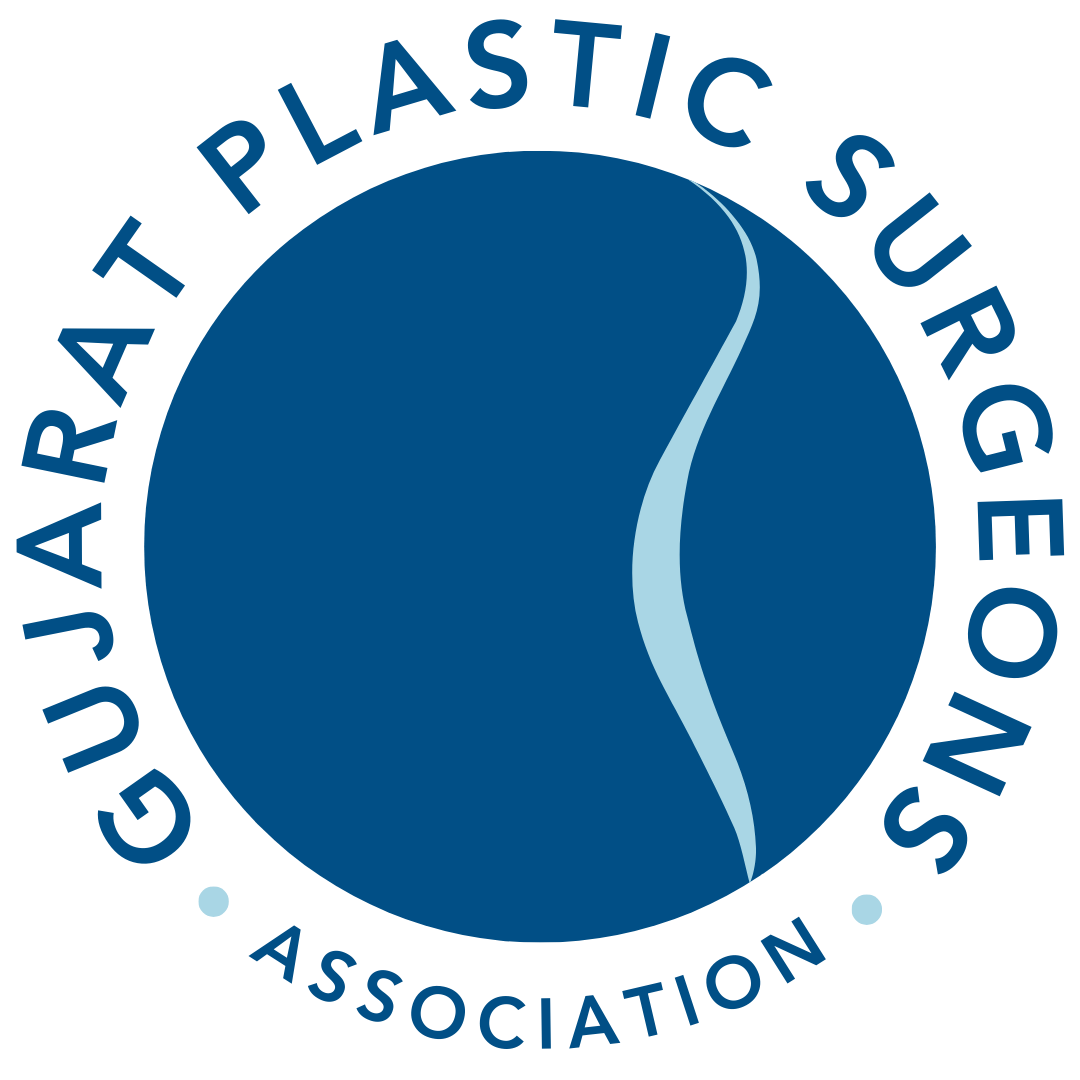

RECONSTRUCTIVE SURGERIES
Congenital Anomalies
When Should This Surgery Be Avoided?
When is This Surgery Recommended?
Preoperative Management
Surgical Technique


Wound Management

Postoperative Care
Complications
Outcomes and Prognosis
Psychological Support
Multidisciplinary Collaboration
Advances in Surgery
About The Treatment
Congenital anomalies, also known as birth defects, are structural or functional abnormalities present from birth. Plastic surgeons play a critical role in diagnosing, treating, and managing these conditions to improve both function and appearance. The treatment often involves a multidisciplinary approach, combining the expertise of pediatricians, geneticists, neurologists, and other specialists.
Common Congenital Anomalies Treated by Plastic Surgeons
Cleft Lip and Palate
Cleft Lip:
An opening in the upper lip that can extend into the nose.
Cleft Palate:
An opening in the roof of the mouth.
Craniosynostosis
Premature Fusion of Skull Sutures:
Leading to abnormal head shapes and potential developmental issues.
Hemifacial Microsomia
Underdevelopment of One Side of the Face:
Affecting the ear, mouth, and jaw.
Ear Anomalies
Microtia:
Underdeveloped or absent external ear.
Prominent Ears:
Ears that stick out more than usual.
Hand and Finger Anomalies
Polydactyly:
Extra fingers or thumbs.
Syndactyly:
Webbed or fused fingers.
Thumb Hypoplasia:
Underdeveloped thumb.
Vascular Anomalies
Hemangiomas:
Benign tumors of blood vessels.
Lymphatic Malformations:
Abnormal development of the lymphatic system.
Genital Anomalies
Hypospadias:
Urethral opening on the underside of the penis.
Ambiguous Genitalia:
Unclear male or female genitalia.
Surgical Techniques and Procedures
Cleft Lip and Palate Repair
Cleft Lip Repair:
Typically performed at 3-6 months of age, involves reshaping and suturing the lip to restore normal appearance and function.
Cleft Palate Repair:
Typically performed at 9-18 months, involves closing the opening in the roof of the mouth to improve feeding, speech, and hearing.
Craniofacial Surgery
Cranial Vault Remodeling:
Reshaping the skull to allow normal brain growth in conditions like craniosynostosis.
Distraction Osteogenesis:
Gradually lengthening bones using a mechanical device to correct deformities.
Ear Reconstruction
Microtia Repair:
Using rib cartilage or synthetic implants to construct a new ear.
Otoplasty:
Correcting prominent ears by reshaping or pinning them closer to the head.
Hand and Finger Surgery
Polydactyly:
Removing extra digits and reconstructing the hand for normal appearance and function.
Syndactyly:
Separating fused fingers using skin grafts or flaps to ensure independent movement.
Thumb Reconstruction:
Enhancing or creating a functional thumb using tissue from other body parts.
Vascular Anomaly Treatment
Laser Therapy:
To reduce the size and appearance of hemangiomas.
Sclerotherapy:
Injecting a solution into lymphatic malformations to shrink them.
Surgical Excision:
Removing large or problematic vascular anomalies.
Genital Reconstruction
Hypospadias Repair:
Repositioning the urethral opening and reconstructing the penile shaft.
Gender-Affirming Surgery:
Creating functional and aesthetically pleasing genitalia in cases of ambiguous genitalia.
Postoperative Care and Rehabilitation
Wound Care
Monitoring for Infection:
Regular follow-ups to check for signs of infection and ensure proper healing.
Scar Management:
Techniques such as silicone sheets, massage, and laser therapy to minimize scarring.
Pain Management
Medications:
To control postoperative pain and inflammation.
Regional Blocks:
For effective pain control in specific areas.
Feeding and Nutrition
Special Diets:
For infants with cleft palate or those undergoing craniofacial surgery.
Feeding Support:
Assistance from feeding specialists and speech therapists.
Speech and Occupational Therapy
Speech Therapy:
Essential for children with cleft palate to address speech issues.
Occupational Therapy:
For children with hand anomalies to improve fine motor skills and functional use.
Psychosocial Support
Counseling:
To help families cope with the emotional impact of congenital anomalies.
Support Groups:
Connecting families with others facing similar challenges.
Advances in Treatment
3D Imaging and Printing
Preoperative Planning:
Using 3D CT scans and MRIs for detailed surgical planning.
Custom Implants and Models:
Creating patient-specific implants and surgical models.
Minimally Invasive Techniques
Endoscopic Surgery:
For craniosynostosis, using smaller incisions and reducing recovery time.
Laser Surgery:
For precise treatment of vascular anomalies and other conditions.
Regenerative Medicine
Stem Cell Therapy:
Research into using stem cells to enhance tissue regeneration and repair.
Tissue Engineering:
Developing bioengineered tissues for reconstructive purposes.
Robotic-Assisted Surgery
Enhanced Precision:
Using robotic systems to perform complex reconstructions with increased accuracy.
Conclusion |
The treatment of congenital anomalies by plastic surgeons involves a comprehensive and multidisciplinary approach aimed at improving both function and aesthetics. Advances in surgical techniques, imaging technology, and regenerative medicine continue to enhance outcomes for patients, providing hope and improved quality of life for children and their families dealing with these challenging conditions. |